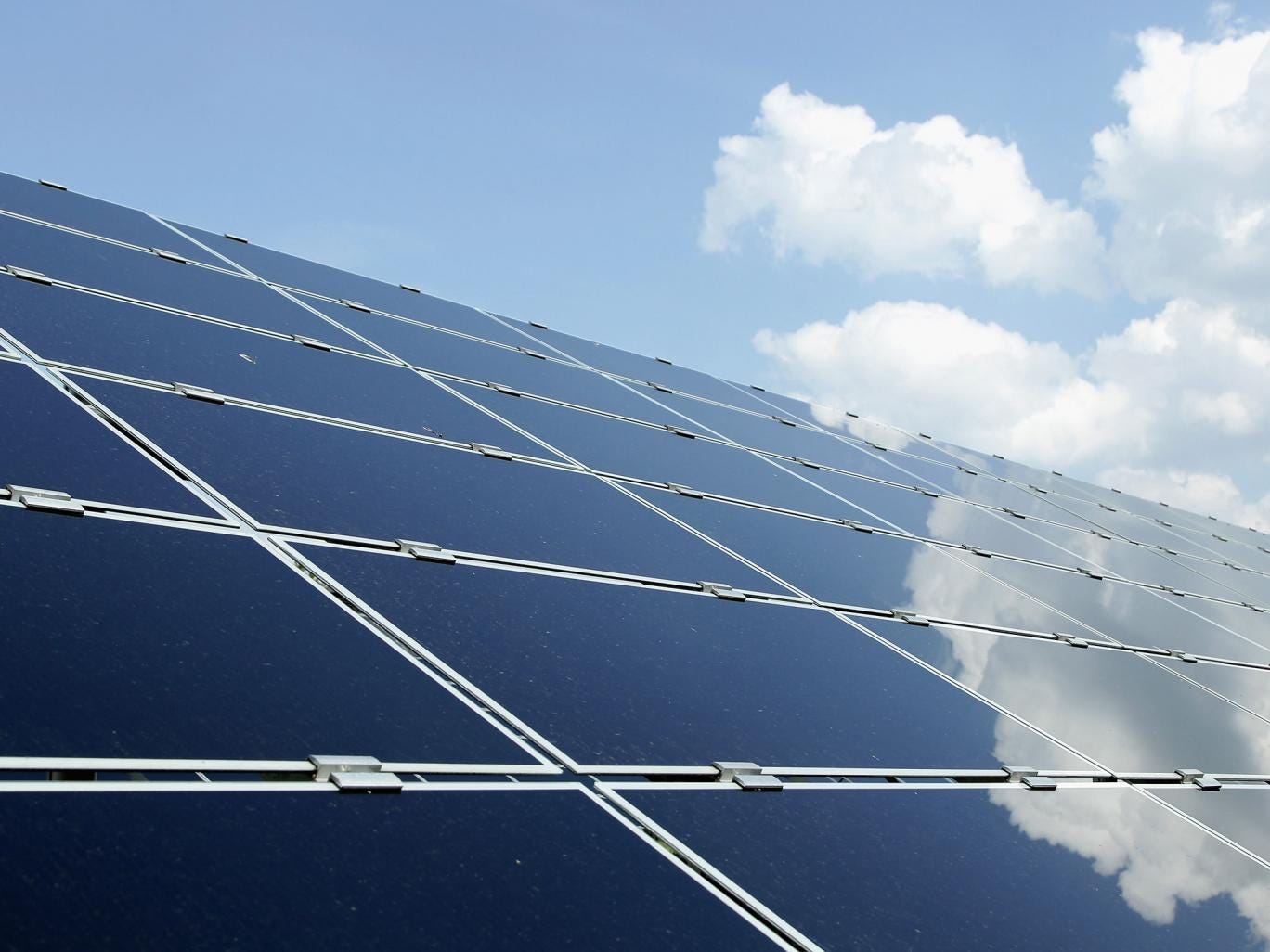A slump in copper mining means there is more power than is
required in some parts of the country
Chile’s solar industry has expanded so quickly that it’s
giving electricity away for free.
Spot prices reached zero in parts of the country on 113 days
up until April this year, a number that’s on track to beat last year’s total of
192 days, according to Chile’s central grid operator.
While that may be good for consumers, it’s bad news for
companies that own power plants struggling to generate revenue and developers
seeking financing for new facilities.
Chile’s increasing energy demand, pushed by booming mining
production and economic growth, has helped spur development of 29 solar farms
supplying the central grid, with another 15 planned.
Further north, in the heart of the mining district, even
more have been built. Now, economic growth is slowing as copper output
stagnates amid a global glut, energy prices are slumping and those power plants
are oversupplying regions that lack transmission lines to distribute the
electricity elsewhere.
“Investors are losing money,” said Rafael Mateo, chief
executive officer of Acciona SA’s energy unit, which is investing $343 million
in a 247-megawatt project in the region that will be one of Latin America’s
largest. “Growth was disordered. You can’t have so many developers in the same
place.”
A key issue is that Chile has two main power networks, the
central grid and the northern grid, which aren’t connected to each other. There
are also areas within the grids that lack adequate transmission capacity.
Renewable energy is making waves in Europe
That means one region can have too much power, driving down
prices because the surplus can’t be delivered to other parts of the country,
according to Carlos Barria, former chief of the government’s renewable-energy
division and a professor at Pontifical Catholic University of Chile, in
Santiago.
"Michelle Bachelet’s government has set the energy
sector as a priority,” said Carlos Finat, president of the country’s renewable
association, known as Acera. “But planning has been focused in the short term
when it is necessary to have long term plans to solve these type of
issues."
The government is working to address this issue, with plans
to build a 3,000-kilometer (1,865-mile) transmission line to link the the two
grids by 2017. It’s also developing a 753-kilometer line to address congestion
on the northern parts of the central grid, the region where power surpluses are
driving prices to zero.
“Chile has at least seven or eight points in the
transmission lines that are collapsed and blocked, and we have an enormous
challenge to bypass the choke points,” Energy Minister Maximo Pacheco said in
an interview in Santiago. “When you embark on a path of growth and development
like the one we’ve had, you obviously can see issues arising.”
Solar capacity on Chile’s central power grid, known as SIC,
has more than quadrupled to 770 megawatts since 2013. Much of that comes from
the grid’s northern sections, the Atacama region that’s home to the copper
industry. Total installed capacity increased 5 percent in the past year, with
half coming from solar farms, according to the grid operator, Cdecsic. SIC
supplies power to the regions where 90 percent of the country’s residential
demand is located.
The country is expected to install almost 1.4 gigawatts of
solar power this year, up from 371 megawatts in 2015, according to Bloomberg
New Energy Finance.
When power companies aren’t giving away electricity, it’s
cheap. At the Diego de Almagro substation in the Atacama region, for example,
prices didn’t exceed $60 a megawatt-hour for most of March. That’s less than
the $70 minimum price for companies that won long-term contracts to sell solar
power in Chile’s energy auctions in October and March.
The issue may limit future development because the uncertain
revenue means banks will be reluctant to finance new power plants, according to
Rodrigo Violic, head of project finance at the Chilean lender Banco Bice. “It’s
a big problem,” he said.
Bernabei, however, is adamant that change is needed. “The
rapid development of renewables was a surprise and now we have to react
quickly,” he said.
Until this is resolved, low prices will plague companies
that own power plants, according to Jose Ignacio Escobar, general manager for
Acciona’s Chile unit.
“Energy prices in Chile will keep declining until there is a
solution for the infrastructure problem,” Escobar said in an interview in
Santiago. “This situation was expected, but new regulatory measures weren’t
taken, infrastructure wasn’t built.”


No comments:
Post a Comment